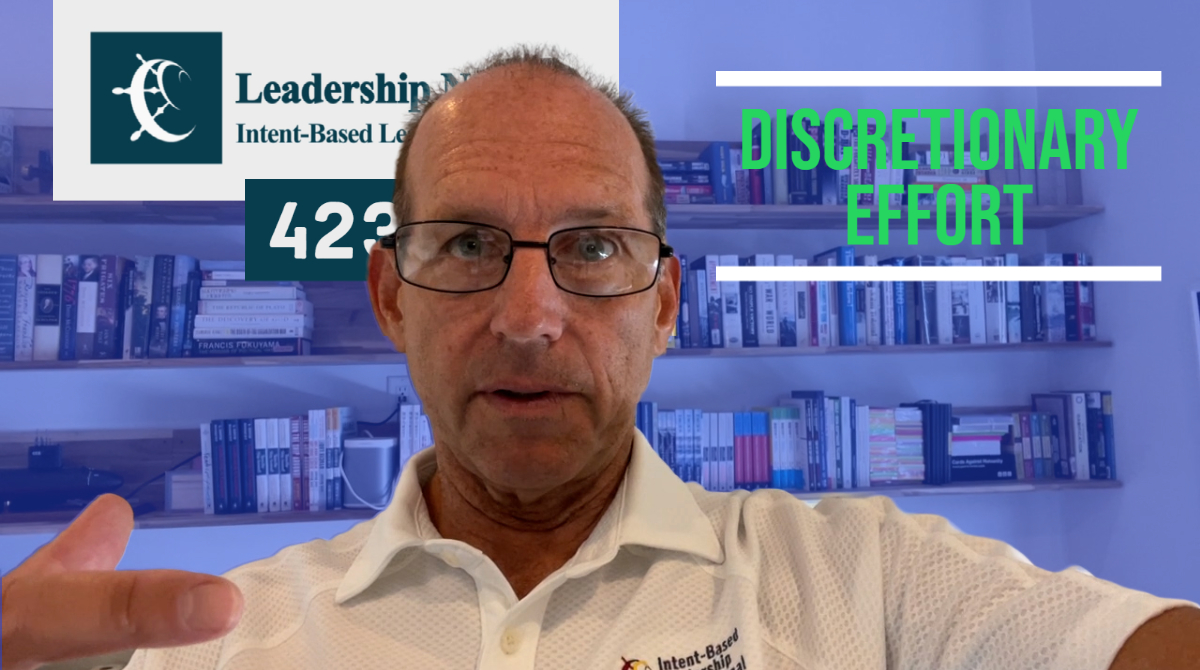Our perspective defines our reality. Instead of stating what you think is happening, our interpretation…state what you see, the facts.
It is easy to make an assumption, “I saw two people talking by the water cooler in hushed tones and when I walked up to them they stopped talking. They must have been talking about me.” Instead, “I saw two people talking. The two people were talking quietly and stopped talking. They stopped, that’s it, that’s just the facts.”
If you want your teams to tell you what they see, don’t give them your interpretation of what you saw. It is similar to using a leading question. In 1974 two psychologists, Loftus and Palmer conducted an experiment with the intent to show that our memory is not an objective recording of an event and that our recollections can be biased by other information that occurs after the event.
They had participants view clips of car accidents and then asked them to write an account of what they had witnessed. They asked the participants to answer specific questions about what they had witnessed to include an estimate of the speed of the vehicles involved in the incident. They asked, “About how fast were the cars going when they smashed into each other?” They then changed the verb smashed, to collided, bumped, hit, and finally, contacted. With each change of the verb, speed estimates were lowered.
A second part of the experiment involved asking the participants if they observed glass at the scene of the accident. The participants that were asked how fast they cars were traveling when they “smashed” into each other were twice as likely to report remembering glass at the scene as those that were asked how fast the cars were traveling when they “hit” each other.
If you want your team members to share objective feedback, don’t bias their perspective with your interpretation. When gathering information, seek and offer just the facts.
